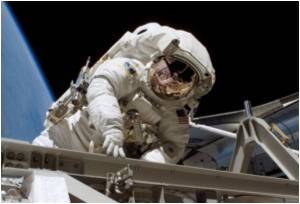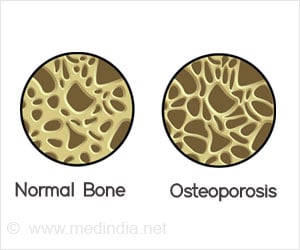Astronauts’ vision and other novel findings on eyes, after being subjected to long duration space flight have been explained by North American Neuro-Ophthalmology Society (NANOS) members.

The authors reported eye exam findings in seven astronauts as well as an analysis of post-flight questionnaires regarding in-flight vision changes in approximately 300 additional astronauts. The seven astronauts with ocular anomalies had returned from long-duration space missions to the International Space Station (ISS) and all seven subjects had undergone complete eye examinations, including dilated exams and photographs of the back of the eye. Several had MRI scans, spinal taps, and computerized analysis of their optic nerve. After 6 months of space flight, all 7 astronauts had eye findings, including swollen optic nerves, distortion of the shape of the eyeball, and retinal changes. Most became more farsighted, and had blurred vision, especially at near. The spinal taps showed either top normal or slightly elevated pressures in the spinal fluid surrounding the brain and optic nerves.
The 300 post-flight questionnaires documented that approximately 29% and 60% of astronauts on short and long-duration missions, respectively, experienced a worsening of distance or near visual acuity. Some of these vision changes remain unresolved years after flight. The authors theorized that changes may have resulted from fluid shifts brought about by prolonged exposure to low gravity. The findings might represent parts of a spectrum of ocular and brain responses to extended exposure to low gravity. Future research is ongoing for astronauts entering new missions.
Source-Eurekalert









